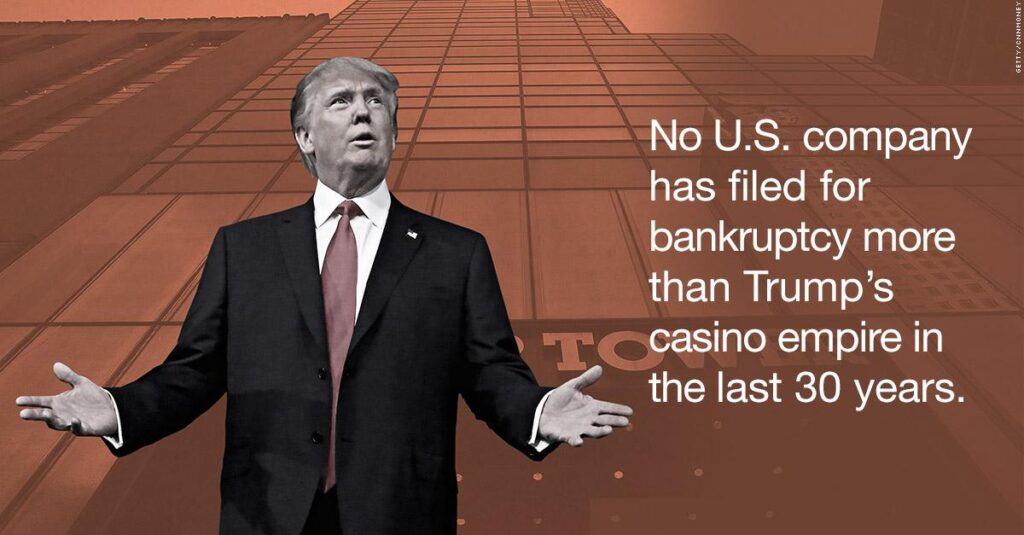
Donald Trump Filed for Chapter 11 Bankruptcy Six Times: What You Need to Know
Donald Trump, the 45th President of the United States and a well-known real estate mogul, has a business career that includes several high-profile bankruptcies. Over the years, Trump has filed for Chapter 11 bankruptcy protection six times. Understanding these filings provides insight into the complexities of his business ventures and the nature of real estate financing.
What is Chapter 11 Bankruptcy?
Chapter 11 bankruptcy is a legal process that allows businesses to restructure their debts while continuing to operate. Unlike Chapter 7 bankruptcy, which involves liquidating assets to pay creditors, Chapter 11 gives companies the opportunity to renegotiate terms with lenders, cut costs, and emerge financially healthier. It is often used by large corporations facing financial difficulties.
Trump’s Chapter 11 Filings
Between the early 1990s and the mid-2000s, Donald Trump’s companies filed for Chapter 11 bankruptcy protection six times. These filings were primarily related to his casino and hotel businesses, including properties such as the Trump Taj Mahal in Atlantic City and the Trump Plaza Hotel.
The six Chapter 11 filings are:
- Trump Taj Mahal (1991)
- Trump Castle (1992)
- Plaza Hotel (1992)
- Trump Plaza Hotel (1992)
- Trump Hotels and Casino Resorts (2004)
- Trump Entertainment Resorts (2009)
Reasons Behind the Bankruptcies
The bankruptcies were largely due to the heavy debt burden Trump took on to finance his expansion into the casino and hotel industries. The early 1990s recession and increasing competition in Atlantic City played significant roles in the financial struggles of his properties. By filing for Chapter 11, Trump was able to restructure debt, reduce interest payments, and keep his businesses operating.
Public Perception and Misconceptions
While the term “bankruptcy” often carries negative connotations, in the business world, filing for Chapter 11 is a strategic move used to manage financial challenges. Trump has often highlighted these bankruptcies as examples of savvy business management, emphasizing his ability to negotiate with creditors and protect his assets.
Impact on Trump’s Career
Despite the bankruptcies, Donald Trump continued to build his brand, expand his real estate empire, and eventually enter politics. The filings did not prevent him from achieving significant success and becoming a prominent public figure.
Conclusion
Donald Trump’s six Chapter 11 bankruptcy filings reflect the risks and challenges inherent in large-scale real estate ventures. While they signify periods of financial difficulty, they also demonstrate the use of legal tools to manage and overcome those challenges. Understanding this aspect of Trump’s business history offers a more nuanced perspective on his career and financial strategies.

